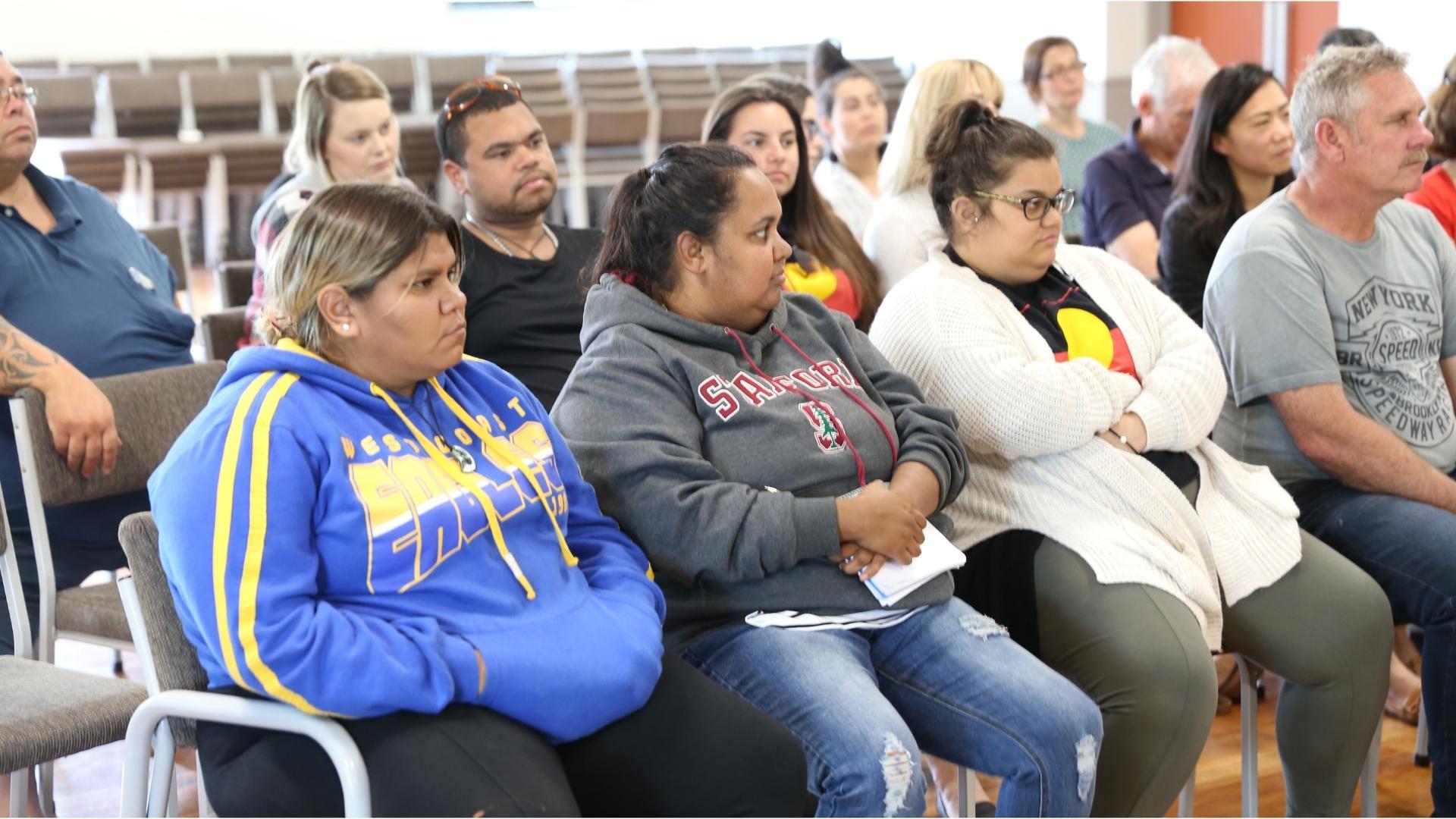
Upon arrival at Christchurch Airport my cohort and I were greeted by Te Pahi, head of the Maori studies department at the Ara Institute and our guide for the Exhange. After grabbing our luggage (and me embellishing in a quick bit of Burger King while I could), Te Pahi drove us to the Ara Institute’s Maori Centre, Te Puna Wanaka, for a tour.
Te Puna Wanaka is where my cohort and I spent the majority of our time on the Cultural Exchange. Atop Te Puna Wanaka is a large canoe – we were told to understand this canoe as a metaphor for progress: get in the boat and sail to success, or else be stranded. Inside Te Puna Wanaka are several great pillars, each with unique markings, which look like they are holding up the building. Te Pahi explained that the pillars each represent an important aspect of maori culture – such as creation and respect for ancestors – which ensure that Te Puna Wanaka always holds true to tradition.
Our days spent at Te Puna Wanaka were deep, educational and insightful. We explored aspects of Maori language and learnt to form basic sentences in te reo Maori. In learning about Maori language, Te Pahi touched on different parts of Maori tradition and society. We learnt about Maori creationism, family and tribal structures, the colonisation of Aotearoa and the ongoing impacts of colonisation on Maori people in 2019.
One of the most insightful moments of the trip was our visit to a Maori full-immersion school, where children learn and communicate only in te reo Maori. Upon arriving at the school, my cohort and I were greeted with a welcome Haka; a powerful demonstration of song and dance which offered us a firm embrace as as we entered the school’s assembly hall. After the Haka concluded, the children proceeded to ask us questions about Aboriginal culture. (They all were astonished when they discovered that there are more than 200 different Aboriginal languages in Australia.) After marvelling at the student’s classrooms for a while – and wishing we had more schools like this in Aus – we headed back to our Maori language studies to prepare ourselves to order dinner in te reo Maori at a Maori fish and chips shop, Fush.
That night our cohort headed to Fush – though my cohort and I were eager to test out our new found knowledge of Maori language, I must admit I was a tad scared of mucking up the pronunciation. Luckily, I was met with a host of community members with ties to the Ara Institute who provided us all with great support and beautiful company. The food was delicious – I had the Fush and chips, of course – and I’d like to think I didn’t completely butcher the Maori language with my attempted pronunciations. All in all, it was a great test of our knowledge and courage as well as a great opportunity to bond even further with our hosts.
On my last day with the Exchange, Te Pahi drove my cohort and I to a Pounamu shop. We all marvelled at the green stone masterpieces; intricately crafted and expertly displayed. I was fortunate enough to gain two Pounamu pieces while in Aotearoa – one gifted and one bought, which were both blessed by Te Pahi. I felt happy knowing I consensually left with two shining pieces of Aotearoa – trinkets I will treasure always.
Ultimately, the Exchange was a once in a lifetime opportunity to share in a culture unique from my own whose people have faced similar struggles. Witnessing the power with which Maori elders, young adults and children speak their language ignited a fire in me that I hope to share with all of my mob who are fighting to protect or revive their native tongue. Moreover, experiencing a bi-cultural society – as Aotearoa is, so said my hosts – has inspired me to fight even harder for treaty, reconciliation and a way forward.
I hope more young Aboriginal people like myself get to experience Maori culture, language and power just like I did on my exchange to Aotearoa.

